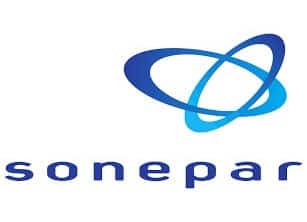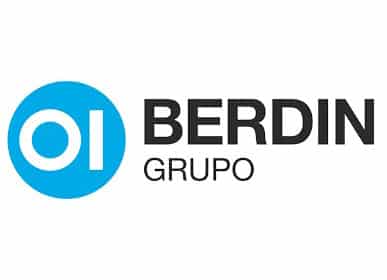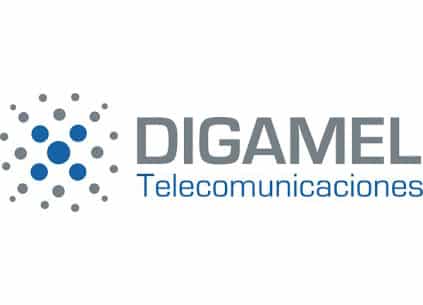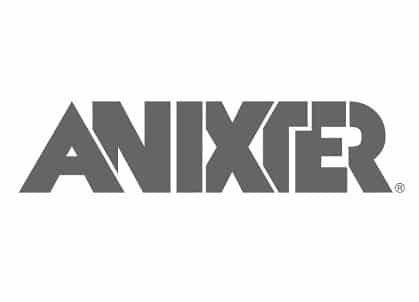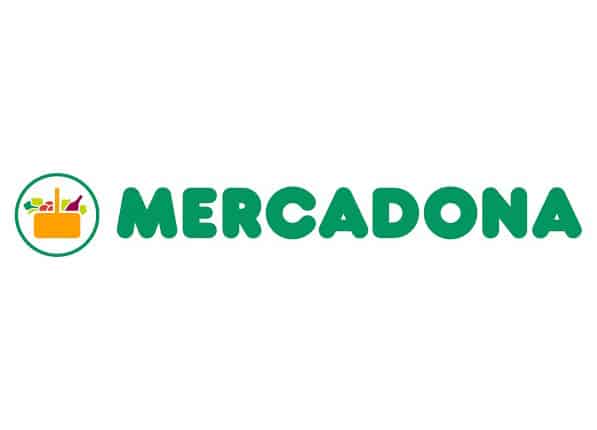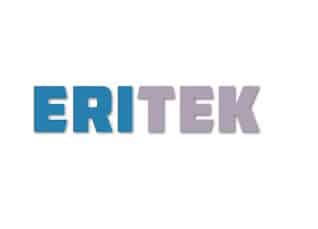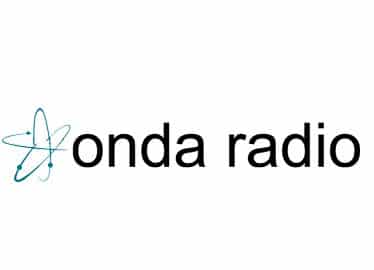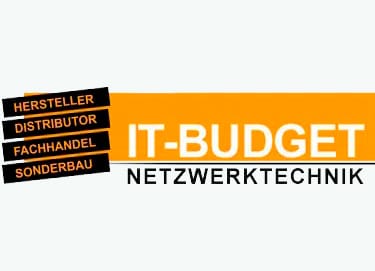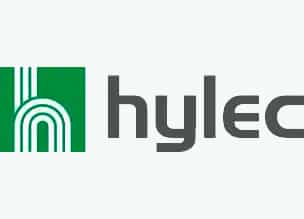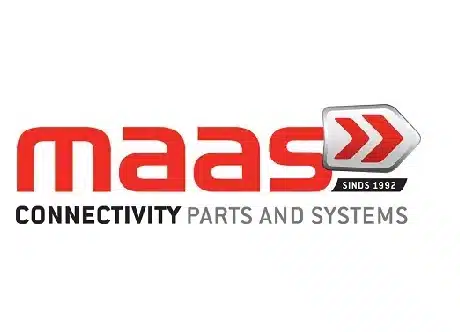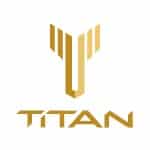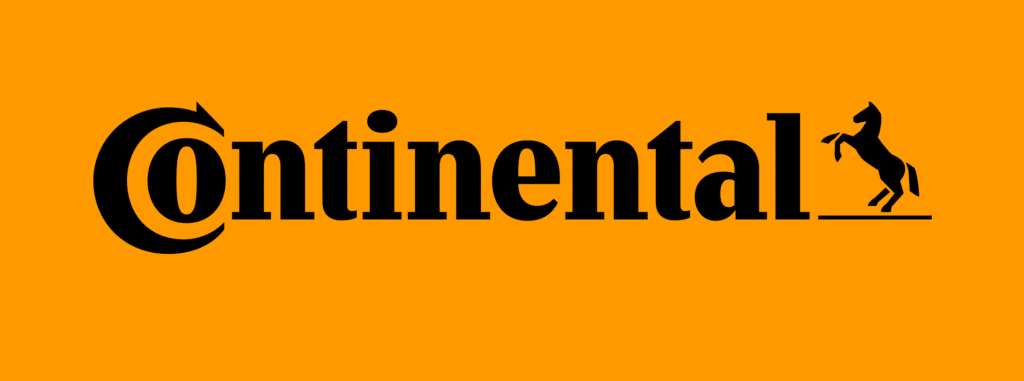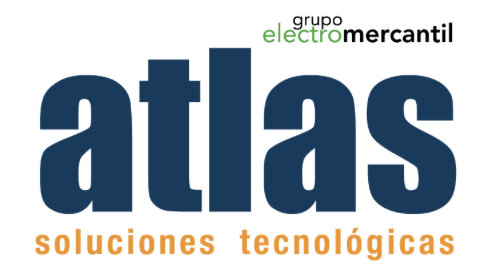Esta web utiliza cookies para que podamos ofrecerte la mejor experiencia de usuario posible. La información de las cookies se almacena en tu navegador y realiza funciones tales como reconocerte cuando vuelves a nuestra web o ayudar a nuestro equipo a comprender qué secciones de la web encuentras más interesantes y útiles.
Blog
Smart PDUs and IP Addresses: How to make the network connection efficient
PROBLEM:
What is the best way to connect my new smart PDUs to the network?
Smart PDUs are very common within CPD infrastructure, but the challenge for technicians is how to connect the PDUs to the network in the most efficient way.
Network ports are usually premium and switches are usually at full capacity; Therefore, requesting new IP addresses for each individual PDU or having to install a new switch can be difficult and expensive.
NETWORK CONNECTION
There are two ways to connect new PDUs to a network using an individual IP address for each PDU by connecting directly to a network switch or by connecting through RETEX's redundant network cascade architecture.
SOLUTION:
SIMPLE NETWORK AND ENERGY DISTRIBUTION
RETEX PDUs can cascade 16 PDUs using a single IP address, allowing users to connect multiple PDUs to the network using just one network switching port and without the hassle of additional configurations.
Using standard patch cables and PDU cascade ports, data is automatically shared between PDUs, enabling controlled web access from the
IP address unit The new IEXv 5 PDU Hot Swap Controller also includes an integrated switching function called Power Share.
This new feature will allow two PDUs, installed in the same rack, to be linked using a standard patch cable. Power to each IP controller is maintained even if one of the PDUs suffers a power loss, ensuring continuous network connectivity to this PDU.
As a result, reception alerts, remote access to environmental sensors and PDU cascading are maintained. In short, the new IEXv 5 Controller makes it a simple process to install and connect our smart PDUs, while the Power Share feature adds additional resistance to installation.
CONCLUSION:
A data center needs all racks to have power and environmental monitoring at the cabinet level.
Smart PDUs provide this functionality, but require a network connection to report data remotely. However, connecting each individual PDU to a network switch is inefficient and expensive. RETEX's cascaded network architecture and Power Share features solve this problem, making smart PDUs an excellent solution for any data center installation.
How to connect my new IP PDUs without expensive switching ports and use a minimum number of IP addresses?
1-Simple connection of a PDU to a network switching port
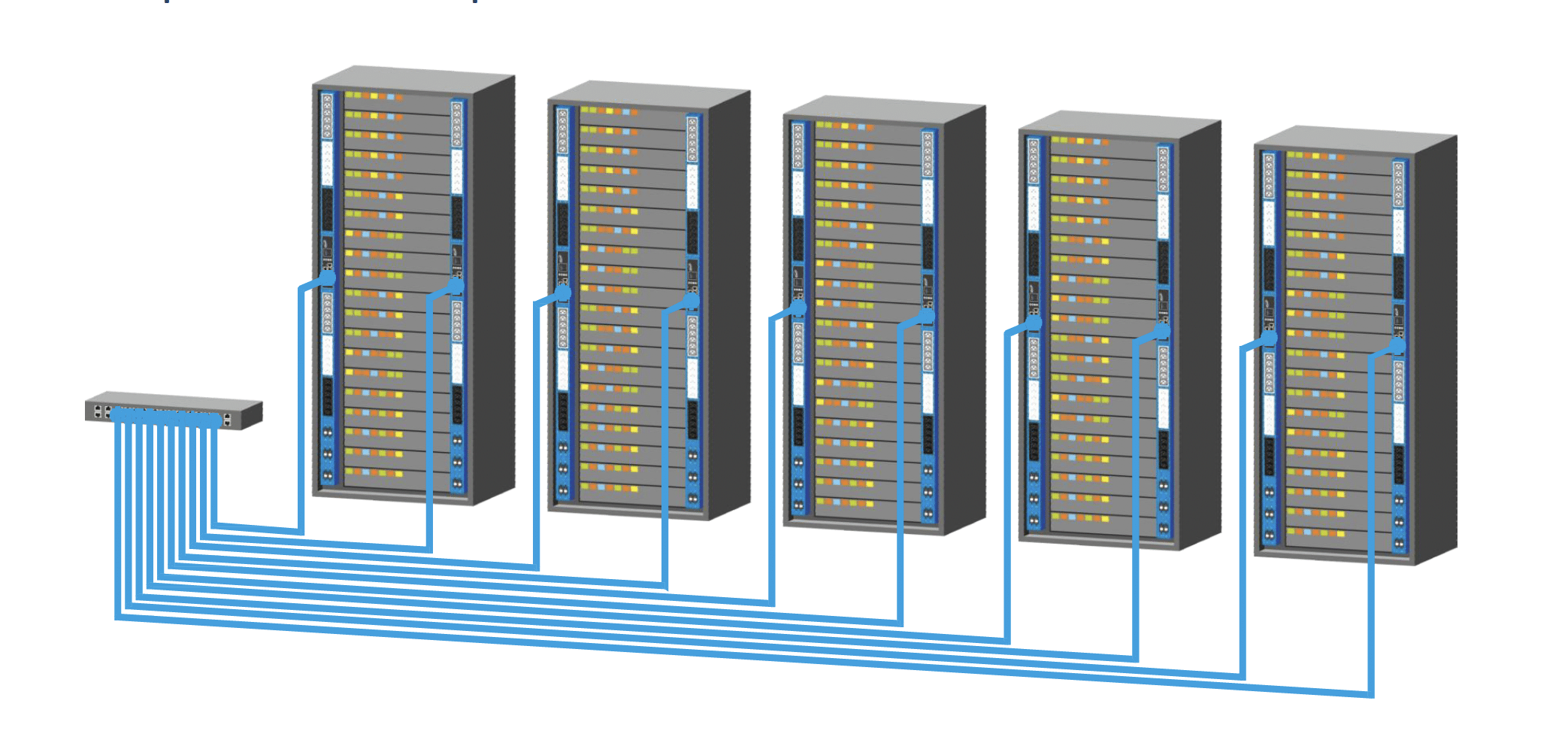
2-ConnectionPDU Cascading plus power share
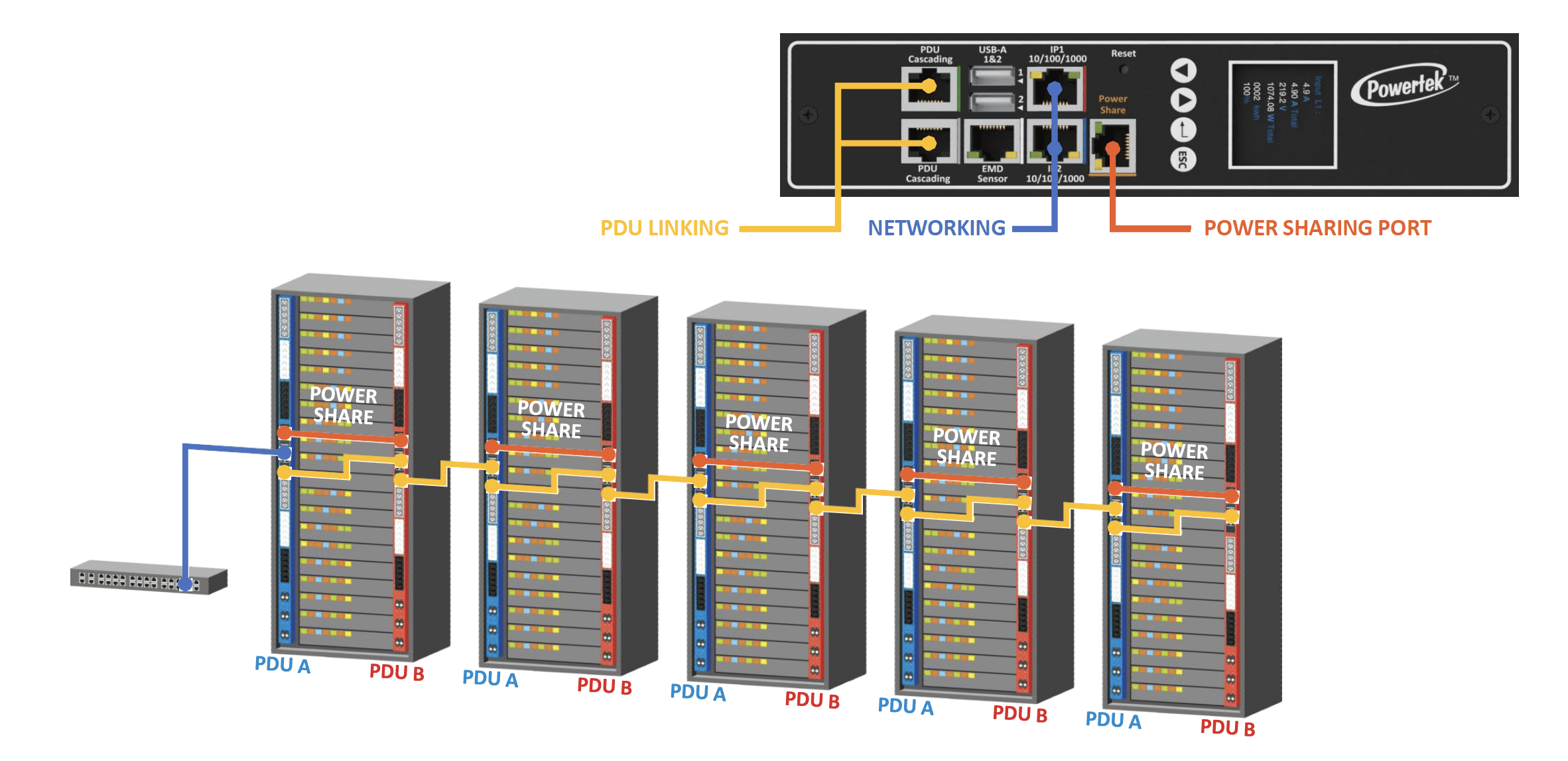
Advantages
Each PDU has network connectivity, using a single network switch port, in the event that a PDU experiences a power failure, the cascade will continue to operate and the network controller on the affected PDU will be able to report the failure.
Disadvantages
Single network port means single point of failure.


